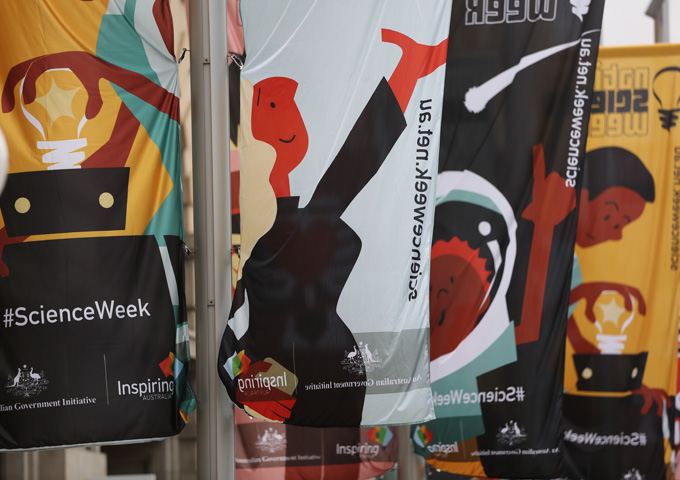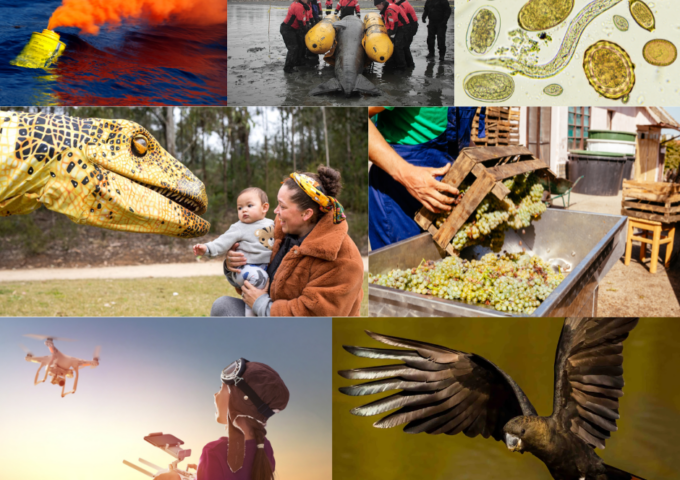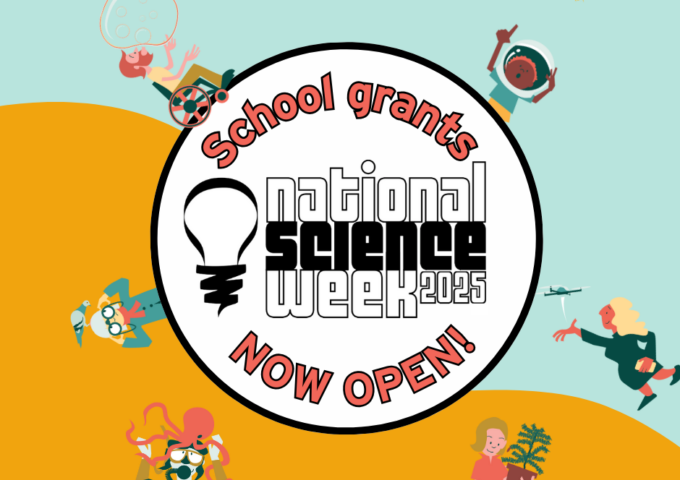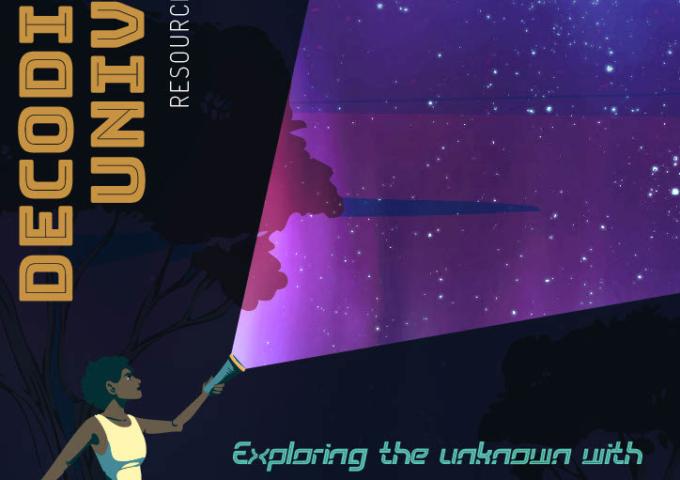
 Many aspects of science and medicine are not only impossible to observe, but also difficult to imagine when described with words alone. Visualisation is a powerful tool for presenting ideas about science and medicine.
Many aspects of science and medicine are not only impossible to observe, but also difficult to imagine when described with words alone. Visualisation is a powerful tool for presenting ideas about science and medicine.
Creative practitioners around the world are working with scientists to find new ways to visualise complex systems, and Australia is actively involved in these kinds of cutting edge animation projects.
The VIZBI+ project utilises powerful 3D animation software and real research discoveries to tell amazing science stories to a general audience.
“The molecular world is astonishing and can be a strikingly beautiful place,” says Dr Kate Patterson, a visual science communicator at the Garvan Institute of Medical Research.
Kate is currently being mentored by one of the world’s leading animators, Drew Berry, who works with the Walter and Eliza Hall Institute in Melbourne.
Drew’s incredible 3D animated sequences accurately portray what is known from up to date research. For example, how a neuron pulses with electric messages, how there’s a ceaseless rush of blood cells in arteries and how a tumour develops. Trained as a cell biologist and microscopist, Drew brings a rigorous scientific approach to each project, immersing himself in relevant research to ensure current data are represented.
Using the tools of cinematography, storyboarding, graphic design and sound engineering, animations are increasingly being used to communicate modern, complex science and promoting public understanding and awareness of what is happening in science and medical research. This opens up a whole new arena for creative practitioners with an interest in science, and for creative scientists alike.
Kate practiced as a small animal veterinarian before completing a PhD in molecular biology and cancer research (human). It was during this time as a PhD student she developed a passion was for communicating science visually.
For the past five years, Kate has worked with scientists, doctors and veterinarians to create images and visual stories about science and medicine.
She is currently working on a 3D animation project entitled: Cancer is not just one disease supported by funding from the Australian Government’s Inspiring Australia initiative.
“This project is designed to create awe-inspiring and scientifically accurate animations that engage and inspire a general audience,” said Kate.
“Visual communication is not new. Artists and scientists have been using images to communicate complex ideas and to record observations for centuries.”
“What has changed is that today, we need to rely on visual communication more than ever as modern research and novel technology has uncovered huge volumes of complex information about life.”
Kate is one of three researchers presenting at the National Science Week event in Sydney, Inner Space: visualising the earth, mind & body.
The other panellists are Professor Ian Hickie, Professor of Psychiatry and Executive Director of the Brain & Mind Research Institute, The University of Sydney, and Professor John Crawford, Professor John Crawford, Head of Sustainability and Complex Systems, Judith and David Coffey Chair, Charles Perkins Centre, The University of Sydney, who each use visualisation as a tool to analyse complex systems.
What: Inner Space: visualising the earth, mind & body
When: 6pm, Thursday 15 August
Where:New Law Lecture Theatre 101, New Law Building, Eastern Avenue, University of Sydney
Cost: Free
RSVP essential via website.
Guest blog post by Jackie Randles.






